Why is Bonfire Night celebrated? Guy Fawkes’ Gunpowder Plot explained
Thwarted bid to blow up House of Lords made 17th century Britain even less tolerant
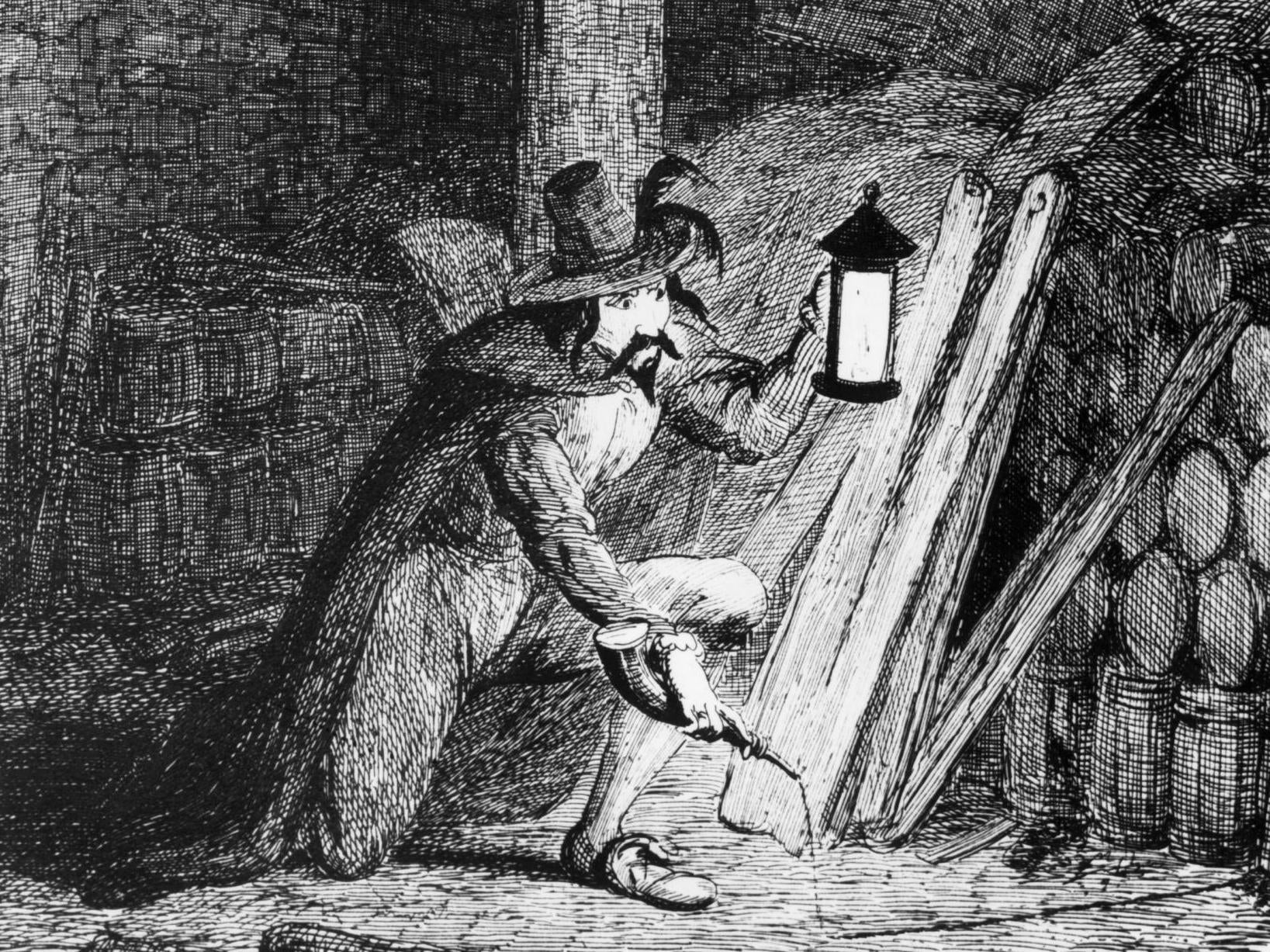
Your support helps us to tell the story
From reproductive rights to climate change to Big Tech, The Independent is on the ground when the story is developing. Whether it's investigating the financials of Elon Musk's pro-Trump PAC or producing our latest documentary, 'The A Word', which shines a light on the American women fighting for reproductive rights, we know how important it is to parse out the facts from the messaging.
At such a critical moment in US history, we need reporters on the ground. Your donation allows us to keep sending journalists to speak to both sides of the story.
The Independent is trusted by Americans across the entire political spectrum. And unlike many other quality news outlets, we choose not to lock Americans out of our reporting and analysis with paywalls. We believe quality journalism should be available to everyone, paid for by those who can afford it.
Your support makes all the difference.“Remember, remember, the fifth of November,
“Gunpowder, treason and plot!
“We see no reason,
“Why gunpowder treason,
“Should ever be forgot!”
Every 5 November we remember the Gunpowder Plot of 1605 – a thwarted act of terror in which a cabal of Catholic conspirators planned to blow up the House of Lords to rid England of King James I.
The plot is commemorated every autumn with the burning of an effigy of Guy Fawkes, its mastermind, an oddly pagan act of gloating sanitised by the addition of fireworks, sparklers and toffee apples.
The scholarly and superstitious James VI of Scotland had ascended to the English throne in 1603 following the death of Elizabeth I, ending the reign of the Tudors and uniting the monarchies of the two nations as Britain’s first Stuart king.
Had they succeeded in assassinating the Protestant James at the state opening of Parliament, the plotters, led by Fawkes and Robert Catesby, hoped to install the Catholic Philip III of Spain in his stead.
James himself was broadly sympathetic to Catholics as both his mother and his wife, Mary Queen of Scots and Anne of Denmark, were of the faith, but the prevailing climate in England was hostile.
Recusants who refused to attend Church of England services on a Sunday were fined £20 a month.
Catholic hopes of a more tolerant England under the king were dashed when he announced his “utter detestation” of its adherents in February 1604 following the foiling of the Bye and Main Plots against him.
The former saw Catholic agitators plan to kidnap him, the latter to replace him with his cousin, Lady Arabella.
Catesby, a nobleman who had been pardoned for his part in the Earl of Wessex’s abortive coup d’etat of 1601, had visited Spain in a bid to encourage Philip to invade England but was unsuccessful.
Frustrated, he returned to London and recruited 12 men to carry out an attempt on James’s life.
One of these was Fawkes, a zealous Catholic convert from York who had fought for Spain against rebellious Dutch Protestants in the Low Countries during the Eighty Years’ War.
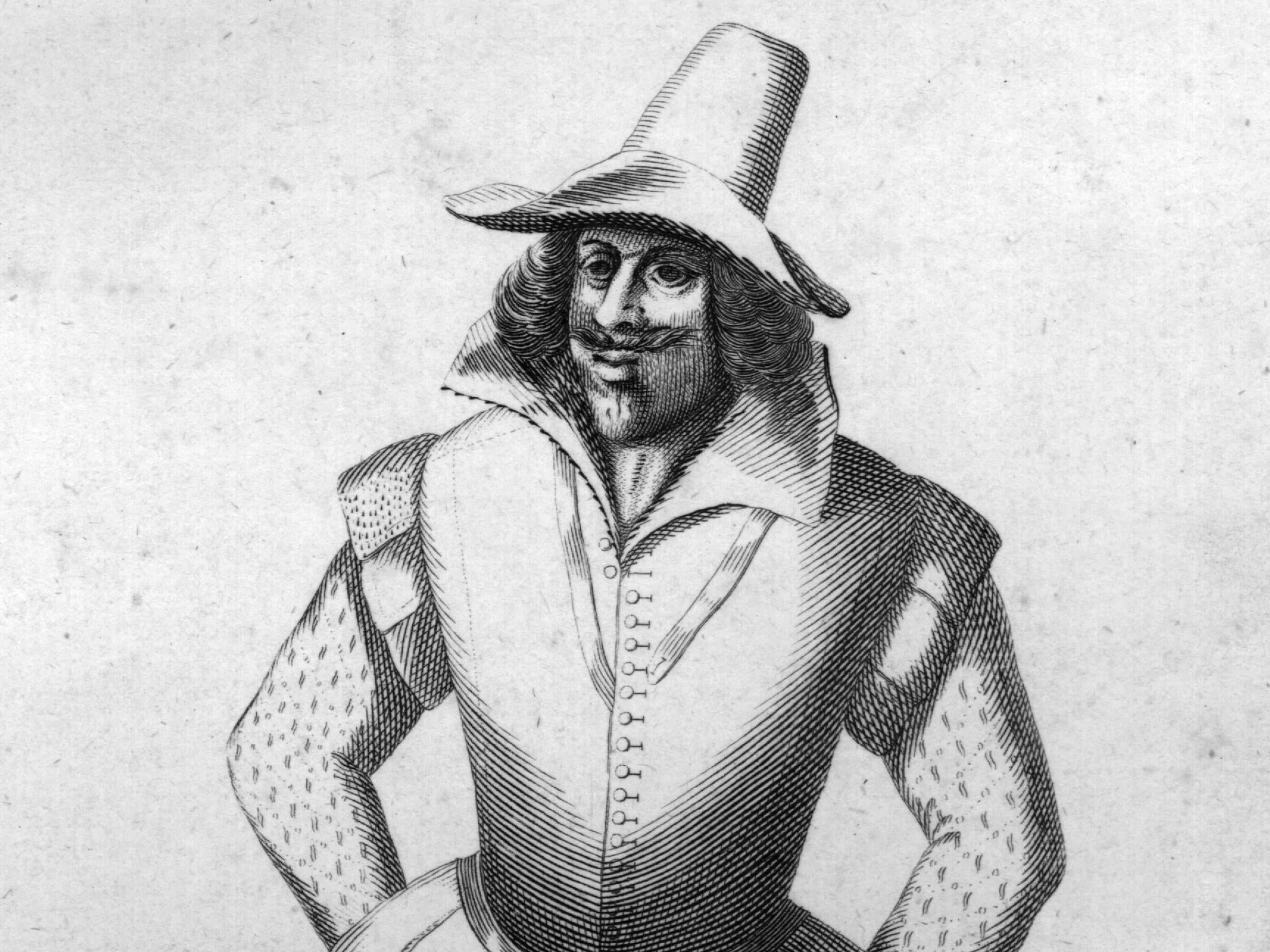
Here he had encountered soldier Thomas Wintour, who had recommended him to his cousin Catesby for his valour and experience with explosives.
Fawkes has been described by the historian Dame Antonia Fraser as “a tall, powerfully built man, with thick reddish-brown hair, flowing moustache, and a bushy reddish-brown beard”.
Originally intending to dig a tunnel under the streets of Westminster to Parliament, the plotters had to abandon the scheme and entrusted another of their number, Thomas Percy, to rent a cellar directly below the Lords.
Fawkes posed as a caretaker under the name “John Johnson” to conceal his visits there to stow the powder kegs.
On 26 October, Lord Monteagle - a member of the House – received an anonymous letter warning: “They shall receive a terrible blow this Parliament; and yet they shall not see who hurts them.”
The author is thought to have been Francis Tresham, his brother-in-law and one of Catesby’s accomplices, apparently entertaining grave doubts.
Monteagle passed the letter onto the king and the men were discovered on 4 November, when Fawkes himself was caught red-handed by royal guards below ground with the 36 tell-tale barrels, a fuse, a box of matches and a small iron lantern.
Questioned before James, Fawkes impressed the monarch with his “Roman resolution” when he frankly declared his intention was “to blow you Scotch beggars back to your native mountains”.
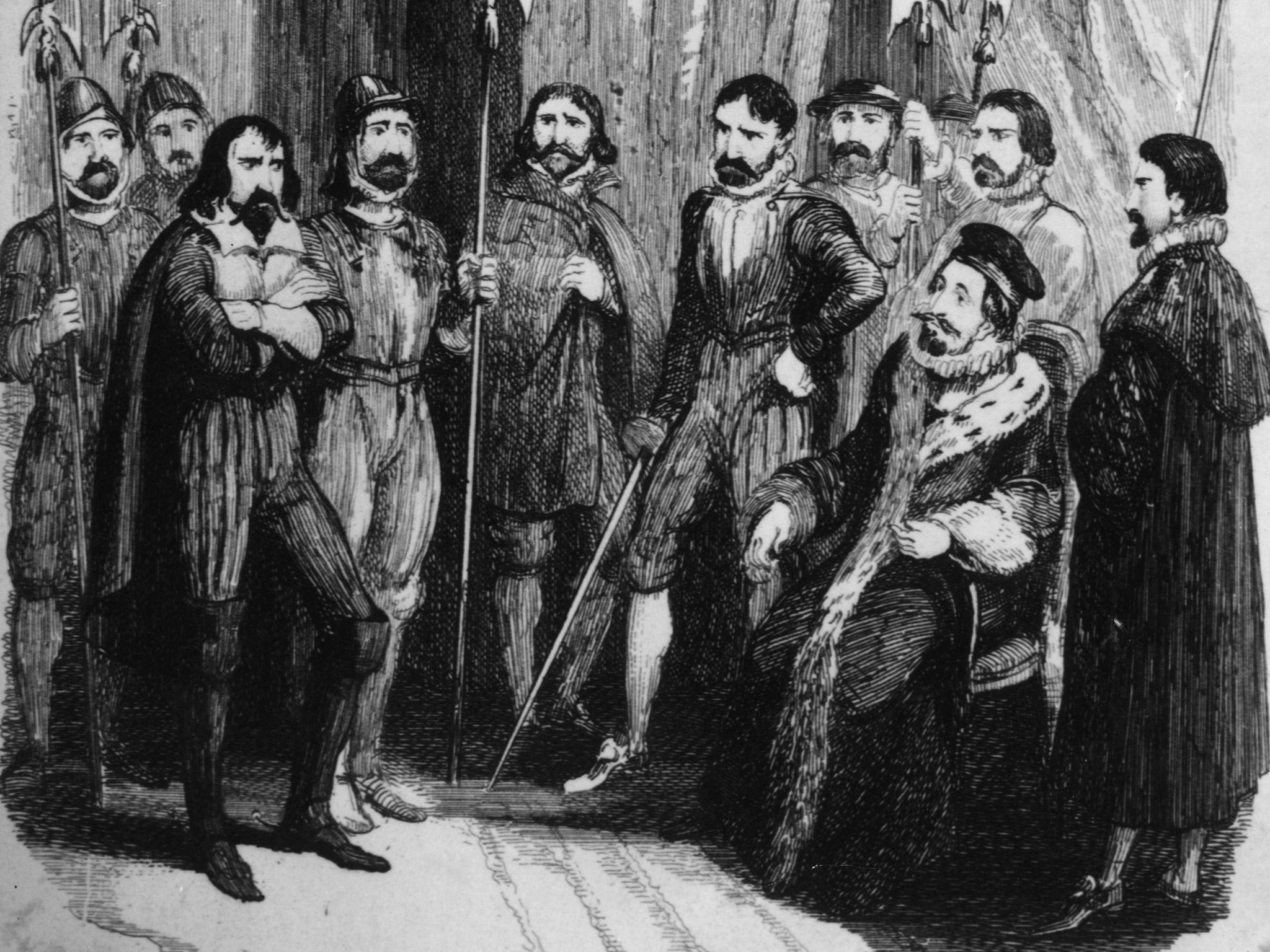
He was subsequently imprisoned in the Tower of London and interrogated under torture on the rack by Sir William Waad, the administering of which extracted a full confession from “Guido” scrawled in the spidery writing of a soul in torment.
The rest of the plotters fled the capital for the Midlands but were pursued by Richard Walsh, the High Sheriff of Worcestershire, after raiding Warwick Castle for supplies.
Catesby, Percy and the brothers John and Christopher Wright were shot dead by musket fire at Holbeche House in Staffordshire on 8 November.
The corpses were ransacked and Catesby and Percy’s bodies would subsequently be exhumed and decapitated.
Fawkes and his surviving co-conspirators were reunited in London, where they were tried at Westminster Hall on 27 January 1606 and found guilty of treason, sentenced by the Lord Chief Justice Sir John Popham.
Four days later, they were dragged through the streets of London to Old Palace Yard in Westminster where they were hanged, drawn and quartered.
An eye-witness account recorded that Fawkes was almost too weak to reach the hangman’s noose and died before he could be castrated, disembowelled and dismembered like his friends: “He made no speech, but with his crosses and idle ceremonies made his end upon the gallows and the block, to the great joy of all the beholders that the land was ended of so wicked a villainy.”
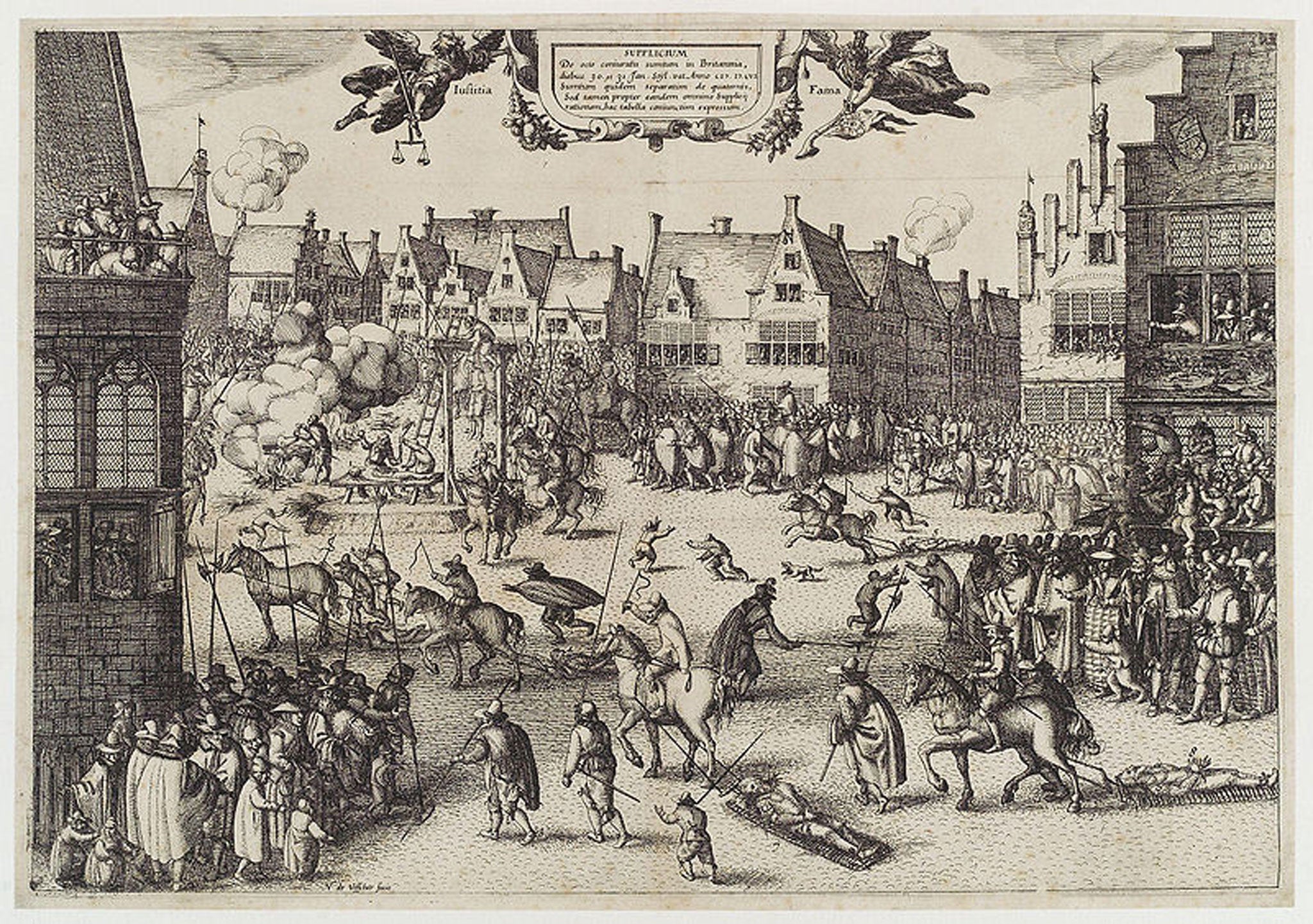
The persecution of British Catholics only intensified after the thwarting of the Gunpowder Plot.
Parliament passed the Observance of 5th November Act 1605, ordering that prayers be uttered and church bells rung every 5 November to “remember, remember” the conspiracy, which stood until 1859.
The Popish Recusants Act 1606 meanwhile increased fines on Catholics who refused to attend Anglican services and barred them from entering the legal profession or military and denied them the right to vote.
Some historians have called the affair a conspiracy on the part of the British government, a false pretext staged to justify new anti-Catholic legislation, pointing out that no half-dug tunnel was ever found, that only the state had the right to sell gunpowder and to the suspicious nine-day delay between Monteagle receiving the warning and the men’s ultimate apprehension.
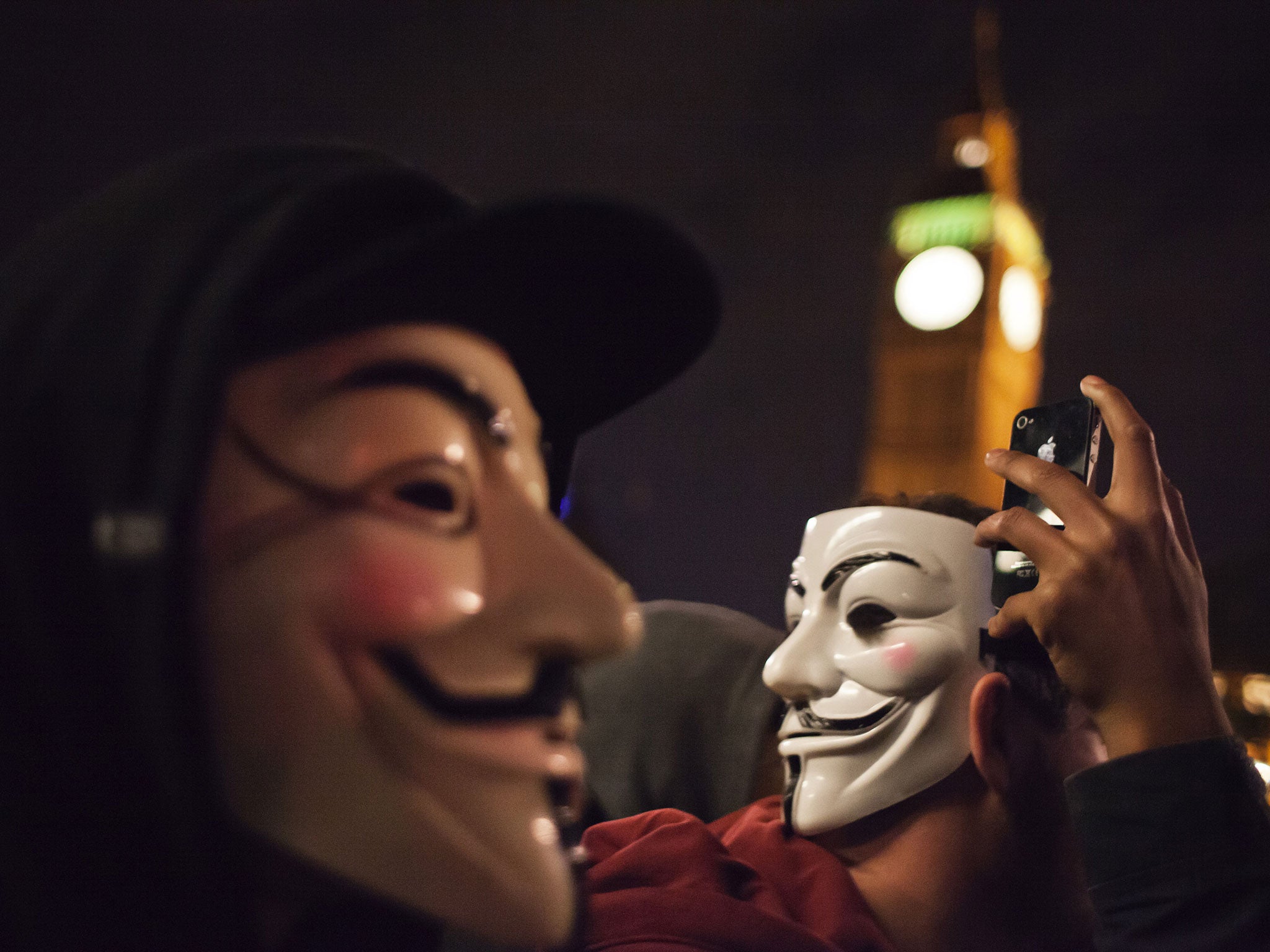
The memory of the plot lingers in British politics to this day: the Yeoman of the Guard still peer into the cellars beneath the Houses as part of the state opening of Parliament to check for gunpowder.
Fawkes himself lives on in the 21st century not as a proto-terrorist but as an all-purpose icon of protest and defiance, a plastic mask from the 2005 film adaptation of Alan Moore’s graphic novel V for Vendetta worn by the cyber-activists of Anonymous, members of the Occupy movement and Million Mask marchers as a symbol of opposition to Big Government.
Join our commenting forum
Join thought-provoking conversations, follow other Independent readers and see their replies
Comments